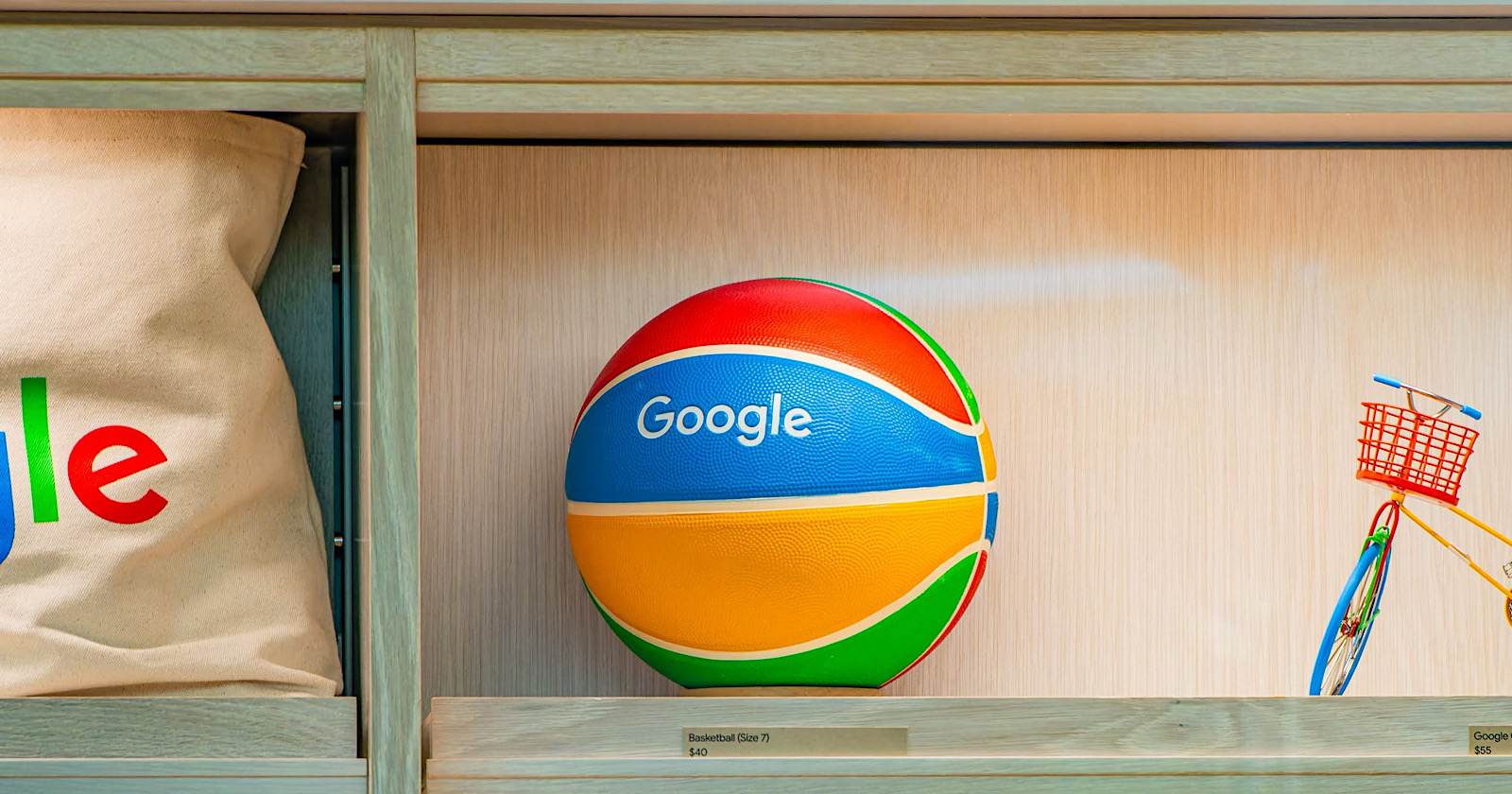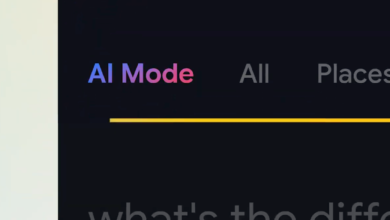Google Lighthouse To Undergo Major Audit Overhaul: What To Know
Google announced plans to revamp Lighthouse’s performance audits.
The new version will match the recently launched insights in Chrome DevTools’ Performance panel.
This shift will alter how performance data is organized and presented, impacting SEO professionals who utilize Lighthouse for website optimization.
Background: Combining Google’s Performance Tools
This update is part of Google’s effort to consolidate its various performance tools.
Barry Pollard from Google’s Chrome team explains:
“We’re updating the audits in Lighthouse to be based on the same Insights we recently launched in the Performance panel of Chrome DevTools. This will help align the two tools but will be a breaking change.”
What’s Changing: Renamed, Combined, and Removed Audits
The upcoming changes fall into three main categories:
1. Audit Merging and Renaming
Many existing Lighthouse audits will get new names and be merged. For example:
- Three separate audits (“layout shifts,” “non-composited animations,” and “unsized images”) will be combined into a single “cls culprits insight” audit.
- Several image optimization audits will combine into a single “image-delivery-insight” audit.
This merging means you can no longer turn off individual parts of these combined audits. You’ll need to turn the entire insight audit on or off.
Note, this is not a comprehensive list. For the complete list of renamed and consolidated audits, please refer to Google’s announcement.
2. Audit Removals
Several audits will be removed entirely, including:
- First Meaningful Paint (replaced by Largest Contentful Paint)
- No Document Write (rarely an issue in modern scripts)
- Offscreen Images (browsers already handle these well)
- Uses Passive Event Listeners (rarely an issue today)
- Uses Rel Preload (too often recommended when not needed)
- Third-Party Facades (limited usefulness and potential concerns)
3. New Organization
The new insight audits will appear under an “Insights” heading in reports. Unchanged audits will stay under the “Diagnostics” heading.
Timeline for Changes
Google will roll out these changes in stages:
- Now: The new insights are already available in the Lighthouse JSON output for early adopters
- May/June 2025 (Chrome 137): Lighthouse 12.6 will include a toggle to switch between old and new views
- June: Lighthouse 12.7 will use newer insights audits by default
- October: Lighthouse 13 will remove the old audit data completely
Pollard confirms:
“This has now been released to PageSpeed Insights too and will be included in Chrome 137 in about a month.”
How To Prepare
Here’s what to do to get ready:
- Use Lighthouse 12.6.0’s toggle feature to see how future reports will look
- If you use specific audit names in reports or analysis, start updating them
- Update any systems that use Lighthouse data
- Explain why performance reports will look different later this year
Pollard advises:
“Other Lighthouse tooling (for example if you’re using this in your CI) can also start migrating to these insights-based audits — the audits are available in the JSON outputs now.”
What This Means
Google continues to emphasize page experience and Core Web Vitals in its ranking algorithm. The underlying metrics remain unchanged, but the reorganization will impact how you identify and address performance issues.
The merged audits may provide a more comprehensive overview of related performance issues. This could make it easier to spot patterns and prioritize fixes. However, teams that have built custom tools around specific Lighthouse audits will need to adapt.
Looking Ahead
Google will publish documentation about the new insights on developer.chrome.com before the October change. They’ll keep the older documentation available for users of previous Lighthouse versions.
If you have concerns about these changes, Google has opened a GitHub discussion to gather feedback and answer questions.
Featured Image: brucephotography103/Shutterstock




